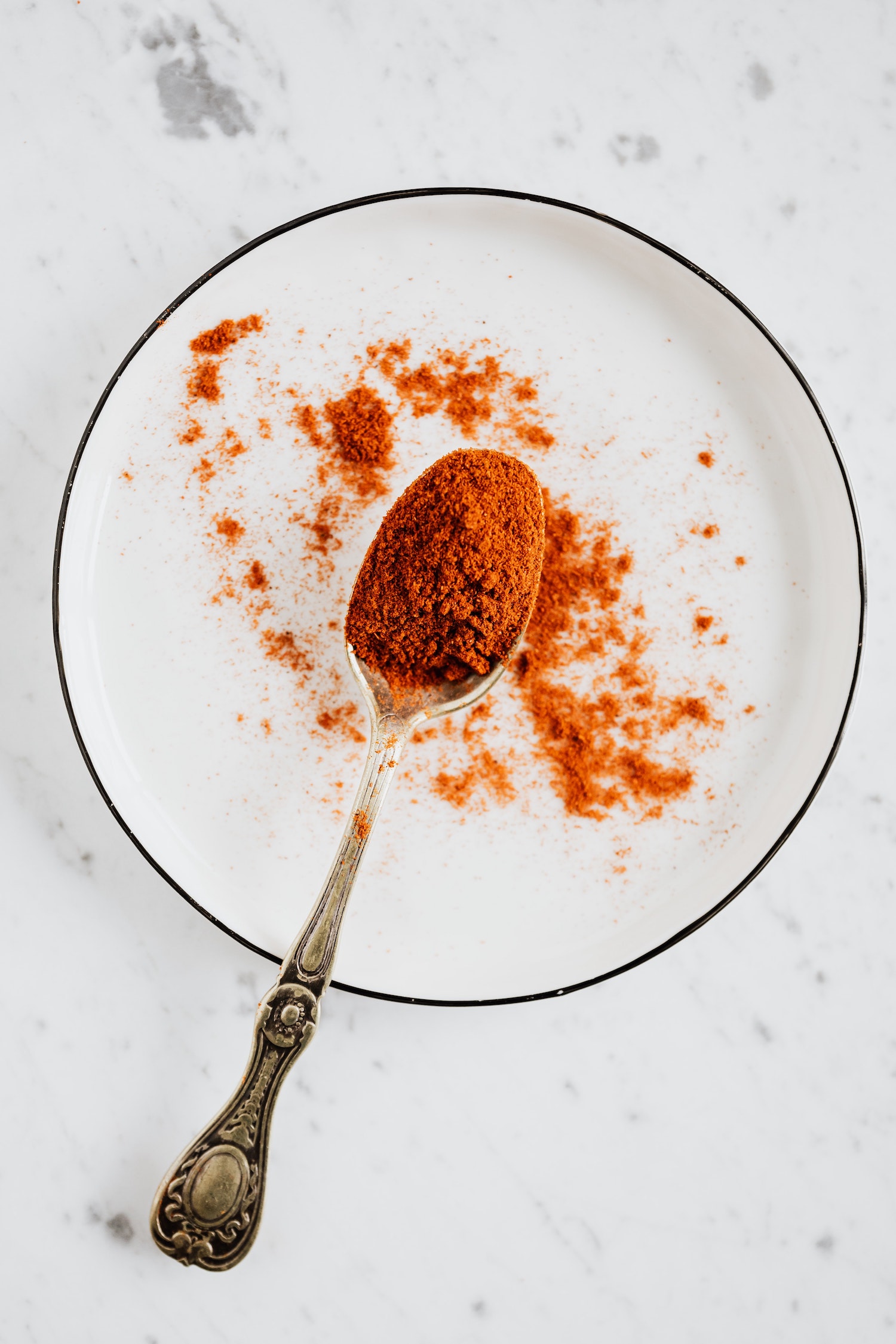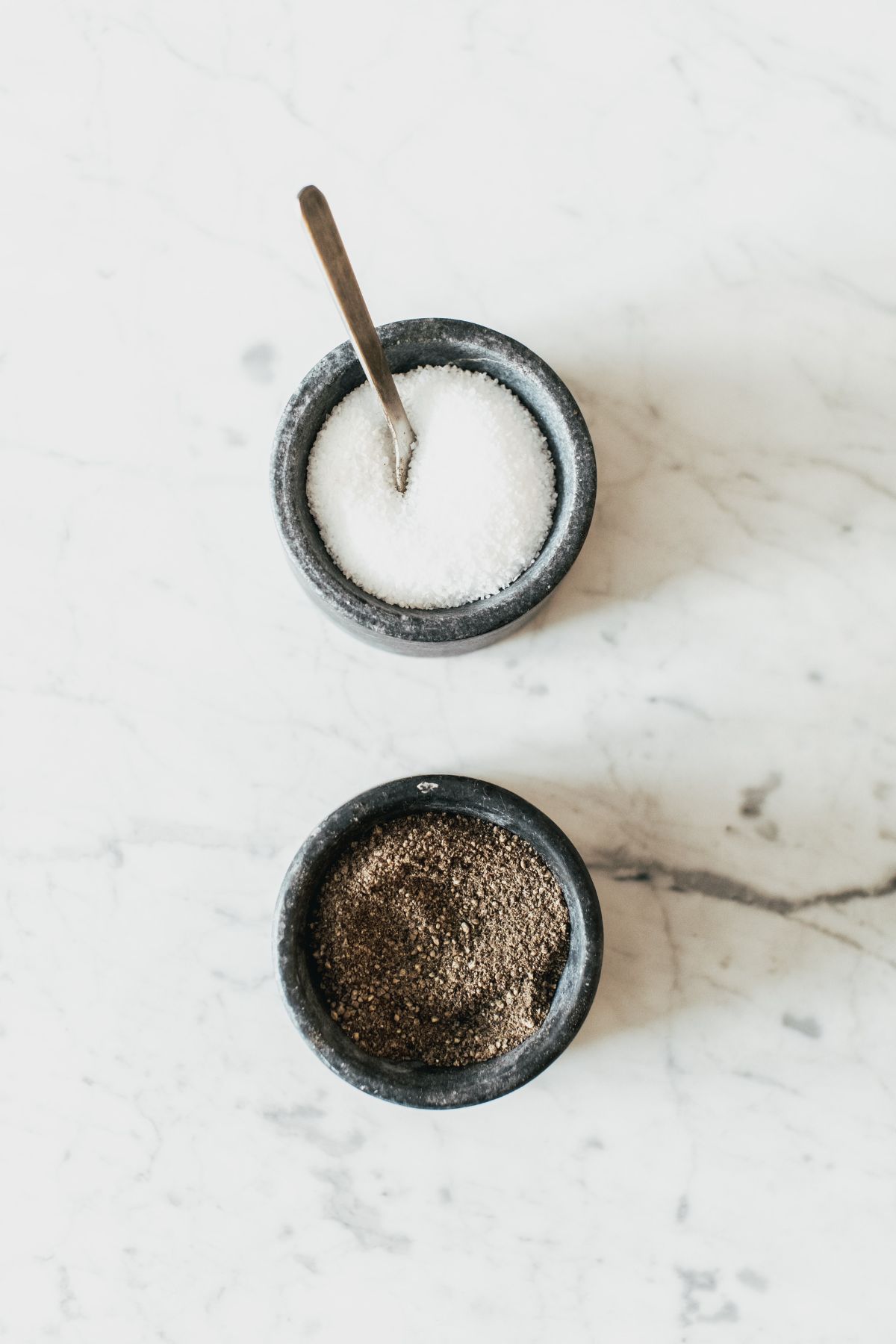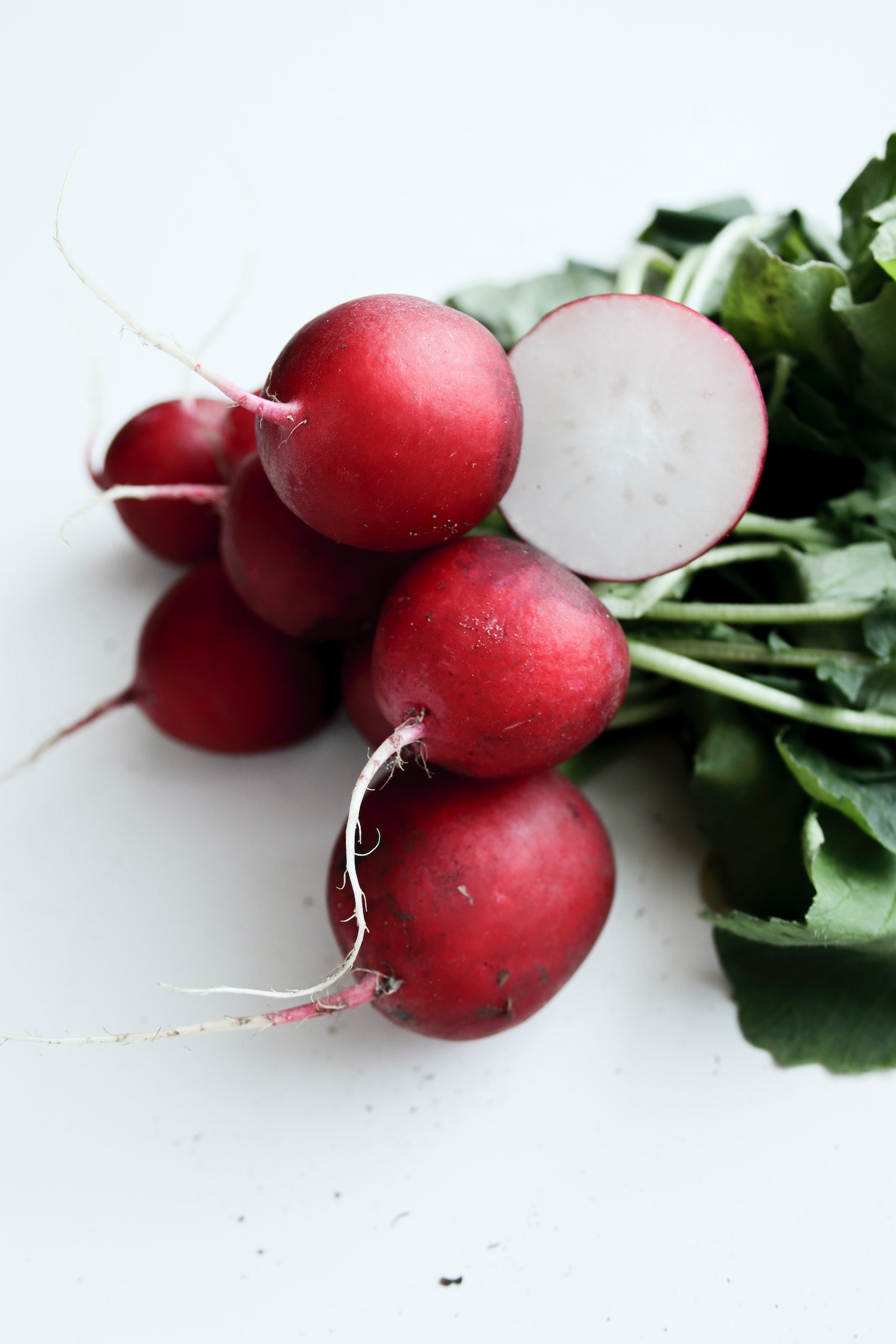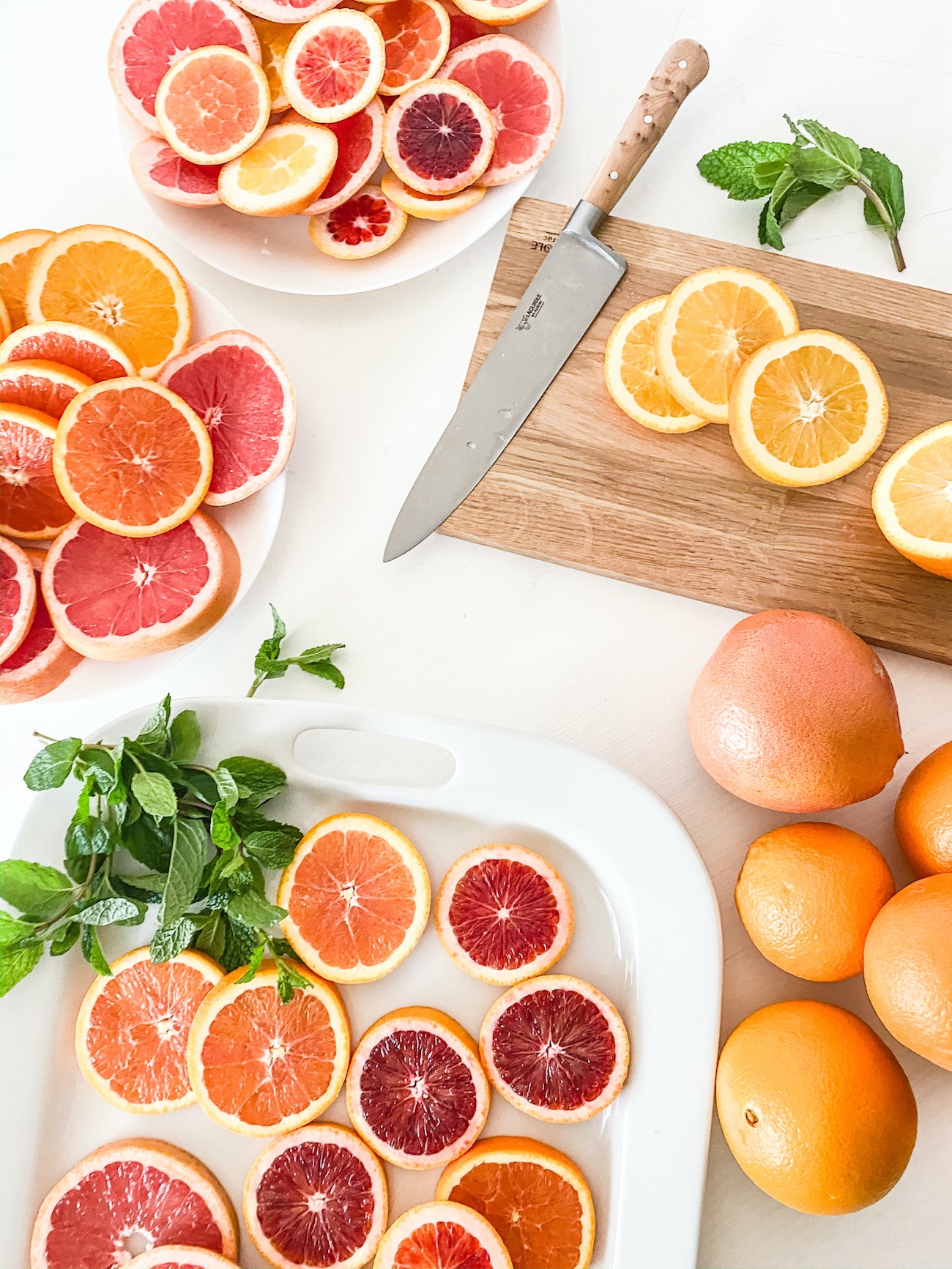The 5 Basic Tastes of Cooking
Learn everything you need to know about the five basic tastes: what they are, why they’re important, and how to easily use them when cooking.

When it comes to food, our taste buds can only identify five tastes: sweet, salty, sour, bitter, and umami (or savory).
The goal is to balance these tastes in every dish, sauce, etc. Sometimes all five are utilized while other times it’s only two or three. The more you cook, the more you’ll realize the importance of tasting your food often. Your tastebuds will help guide you toward which adjustments need to be made to bring the flavors back into balance.
Sweet

Sometimes recipes with fruit, such as my mango pineapple popsicles call for sugar even though there’s already a sweet component (the fruit itself). This is because sugar can help draw out the natural sweetness in the fruit without it tasting overly sweet.
In savory dishes, a pinch of sugar helps to round out and balance the flavors without making the dish itself sweet. So, if you’re cooking something savory, add a small amount of sugar and notice how the flavor improves.
Salty

Salt brings out the natural flavors In whatever you add it to, making it one of the most important staples in every kitchen. Check out my quick guide to cooking with salt about the differences between salt varieties and when to use each one.
Sour

Ingredients like lemon juice or vinegar are sour on their own, but can really brighten up a dish. The acidity is rounded out with the uses of salt, sweet, and bitter.
If something tastes dull, even if it’s seasoned well, it’s most likely missing the sour/acid component. When this happens, add a little acid (this could be lemon juice, lime juice, apple cider vinegar, red wine vinegar, white wine, etc.) and taste the difference it makes.
Check out what goes well with lemon.
Bitter

As humans, we’re the most sensitive to bitterness. We often can recognize it, even in small amounts. However, it’s necessary for balancing out the sweetness and can cut through the richness of a dish.
Examples of bitter foods are black pepper, arugula, radish, cocoa powder, and mustard.
What is Umami?

Umami is a savory or meaty flavor and is often a flavor enhancer to other foods rather than being a stand-alone ingredient. It’s a bit of an indescribable taste, but once you taste it, you crave more of it.
The foods that fall into the umami category are anchovies, blue cheese, parmesan cheese, artichokes, asparagus, mushrooms, tomatoes, green tea, miso, nutritional yeast, soy sauce, beef broth, and garlic.
Searing, roasting, or grilling food also helps to bring out that food’s savory flavors. But, there are a few other factors that come into play when talking about taste.
how something tastes (as discussed above) + its mouthfeel + the aroma it has + its ‘x-factor’ = its flavor
Don’t let this little equation confuse you. It really just further explains how we subconsciously eat all of our meals. You experience all of these things already, every time you eat.
Taste
This is how the food tastes according to your taste buds and is where the five basic tastes come into play.
Mouthfeel
Mouthfeel is how the food feels to the rest of your mouth. It could be things such as temperature: warmth or coolness, texture: crunchiness, pillowy, crispness, etc.
Astringent foods such as unripe persimmons, walnuts, and fresh cranberries are great examples of mouthfeel.
Aroma
The aroma is how the food smells, but can also greatly enhance the flavor of the dish. Aromatic ingredients include things like fresh herbs and citrus zest.

X-factor
- This is how it feels to the rest of your senses.
- How it looks – we generally eat with our eyes first.
- The emotions you feel when eating certain foods. Maybe it transports you back to childhood, you experience true joy, or it reminds you of your grandmother, etc.
- The story of how it got to your plate such as the farm-to-table aspect or where it was grown.
My challenge for you: next time you’re cooking, taste your food and see if it includes the five basic tastes. Once you do that, see if you can tweak it until it tastes balanced.

